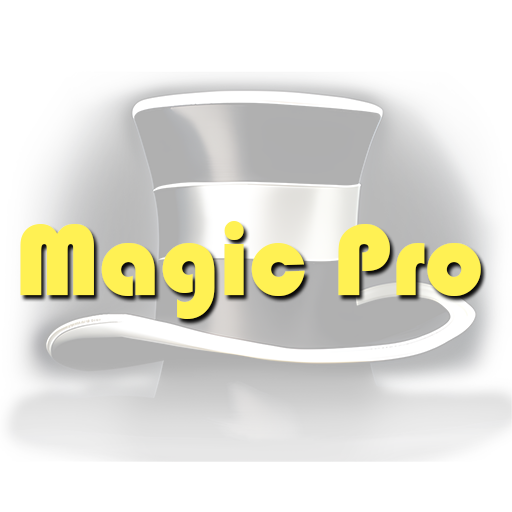The Art of Ventriloquism in Magic Shows
Ventriloquism, an art form that has entertained audiences for centuries, has a rich history intertwined with magic shows. From its ancient roots to modern-day entertainment, ventriloquism has evolved significantly, often serving as a highlight in magic performances.
Historical Context
The origins of ventriloquism date back to ancient times, with roots in religious and spiritual practices. In ancient Greece, it was known as gastromancy, where voices created by ventriloquists were believed to be those of the dead, with the deceased thought to reside in the ventriloquist’s stomach. The Oracle of Delphi, for instance, is believed to have been a ventriloquist. In medieval times, ventriloquism was associated with spiritualism and was often linked to witchcraft. However, by the eighteenth century, it began transitioning from spiritualism to entertainment, becoming more common in traveling fairs and circuses, and eventually established as a popular form of entertainment in England.
Transition to Modern Entertainment

The evolution of ventriloquism saw it move from distant ventriloquism, where the illusion of the voice coming from a different area was created, to near ventriloquism, which included the use of dolls or puppets. Irishman James Burne is credited as one of the early adopters of near ventriloquism. The late 19th century saw significant figures like Fred Russell and Arthur Prince shape modern ventriloquism. Russell's act with his dummy "Coster Joe" set a precedent for the dialogue-driven performances that define ventriloquism today.
In the United States, The Great Lester and his figure Frank Byron Jr. were influential, with Lester’s student Edgar Bergen, alongside his character Charlie McCarthy, achieving fame in movies and radio. Bergen's success paved the way for other ventriloquists like Paul Winchell, Jimmy Nelson, and Shari Lewis, who became television stars.

Ventriloquism Today
In contemporary times, ventriloquism has reached new heights of popularity, with artists like Jeff Dunham and Terry Fator achieving widespread fame. Dunham's characters like Achmed The Dead Terrorist have garnered international attention, while Fator's victory on America's Got Talent led to a significant presence in Las Vegas. The art form continues to thrive, with the International Ventriloquist Society and the Vent Haven Ventriloquism Museum playing significant roles in its promotion and preservation.
Ventriloquism in magic shows represents a blend of historical tradition and modern entertainment. Its evolution from a spiritual practice to a beloved form of performance art underscores its enduring appeal and versatility.


